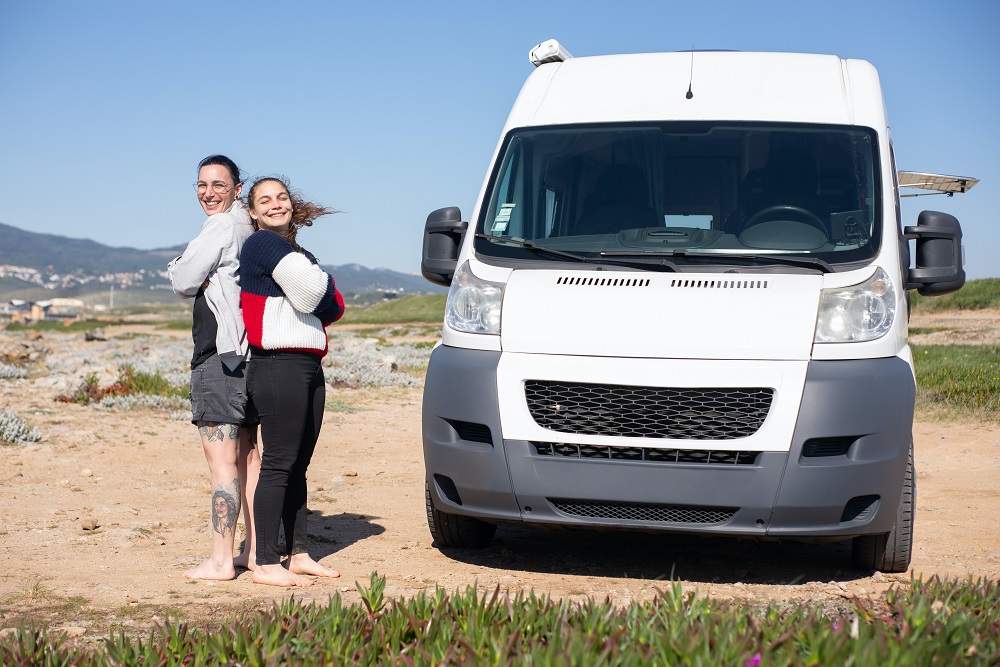
Vans have long been a staple in various industries, from transportation and delivery services to camper vans and mobile offices. As technology continues to advance and consumer demands evolve, the van industry is experiencing significant changes in terms of technology and design. In this article, we will explore the future of vans by examining emerging trends and developments in van technology and design.
Electric and Hybrid Powertrains:
One of the most notable trends in the automotive industry, including the van sector, is the shift toward electric and hybrid powertrains. As the world focuses on reducing greenhouse gas emissions and transitioning to sustainable energy sources, vans are following suit. Electric and hybrid vans offer benefits such as lower emissions, reduced fuel costs, and quieter operation. Major automakers are investing heavily in developing electric and hybrid van models, and advancements in battery technology are improving range and charging capabilities.
Autonomous Driving:
Autonomous driving technology is rapidly advancing, and vans are poised to benefit from this innovation. The ability for vans to operate autonomously has the potential to revolutionize various industries, including transportation and delivery services. Autonomous vans can enhance efficiency, reduce labor costs, and increase safety by eliminating the need for a human driver. Companies such as Waymo and Tesla are already testing autonomous van prototypes, and it’s only a matter of time before this technology becomes more widespread.
Connectivity and IoT Integration:
The Internet of Things (IoT) has transformed numerous industries, and vans are no exception. Vans are becoming increasingly connected, allowing for seamless integration with other devices and systems. Connectivity enables features such as real-time tracking, remote diagnostics, and fleet management solutions. Vans equipped with IoT technology can optimize routes, monitor fuel consumption, and provide data-driven insights to improve operational efficiency.
Advanced Safety Features:
Safety is a top priority in the automotive industry, and vans are benefiting from advancements in safety technology. Van manufacturers are incorporating features such as collision avoidance systems, lane departure warnings, blind-spot monitoring, and adaptive cruise control into their models. These features enhance driver and passenger safety, reduce accidents, and provide peace of mind on the road.
Lightweight Materials and Aerodynamics:
Efficiency and sustainability are key considerations in van design. To improve fuel efficiency and reduce emissions, manufacturers are exploring the use of lightweight materials and aerodynamic designs. Lightweight materials such as aluminum and composites are replacing heavier steel components, reducing overall vehicle weight. Aerodynamic enhancements, including sleek body designs and specialized airflow management, are reducing drag and improving fuel economy.
Flexible and Modular Interiors:
The versatility and adaptability of van interiors are becoming increasingly important. Van owners and operators require flexible spaces that can be easily modified to accommodate different needs. Manufacturers are incorporating modular designs, allowing for customizable and configurable interiors. Foldable seats, removable partitions, and flexible storage solutions provide flexibility for various applications, whether it’s cargo transport, passenger transportation, or camper van conversions.
Enhanced Connectivity and Infotainment Systems:
The rise of smartphones and digital connectivity has changed consumer expectations for in-vehicle technology. Van manufacturers are incorporating advanced infotainment systems with touchscreen displays, smartphone integration, and voice-activated controls. These systems provide features such as navigation, entertainment options, and hands-free communication, making the driving experience more convenient and enjoyable.
Sustainability and Eco-Friendly Features:
With increased environmental awareness, van manufacturers are incorporating eco-friendly features and sustainability practices into their designs. This includes using eco-friendly materials, employing sustainable manufacturing processes, and implementing energy-efficient technologies. Additionally, vans are being equipped with regenerative braking systems and start-stop technology to reduce energy consumption and emissions.
Improved Cargo Management and Accessibility:
Cargo management is a critical aspect of vans used for transportation and delivery services. Manufacturers are incorporating innovative features to improve cargo accessibility and organization. This includes features such as sliding doors, low cargo floors, adjustable shelving systems, and integrated tie-downs. These enhancements improve efficiency in loading and unloading cargo, saving time and effort for operators.
Design Aesthetics:
Vans are no longer solely focused on utility; design aesthetics are also gaining importance. Automakers are investing in sleeker and more modern designs that appeal to consumers. Vans are becoming more stylish and visually appealing, catering to customers who prioritize both functionality and aesthetics.
The future of vans is evolving to meet the demands of a changing world. Electric and hybrid powertrains, autonomous driving, connectivity, advanced safety features, lightweight materials, modular interiors, enhanced infotainment systems, sustainability, improved cargo management, and appealing design aesthetics are all shaping the future of vans. As technology continues to advance, vans will become more efficient, connected, and environmentally friendly. These developments will not only benefit industries such as transportation and delivery services but also provide more comfortable and enjoyable experiences for van owners and passengers.
Generated by ChatGPT